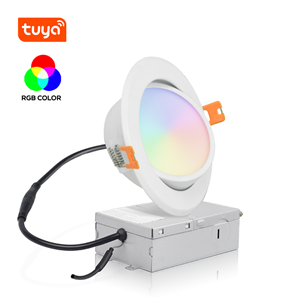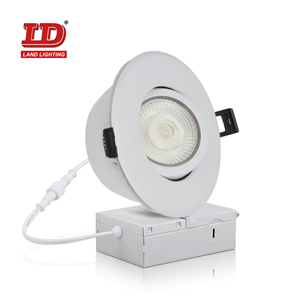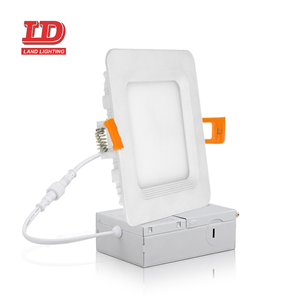Latest LED Technology and Trends in the LED Industry一
Latest LED Technology and Trends in the LED Industry一.
Although many industries are making great strides when it comes to new technology and trends, the LED industry is certainly amongst the leaders. Over the last decade, the LED industry has experienced tremendous growth and change, with new applications, increasing efficiencies and lower costs throughout. For multiple businesses and products, this creates great opportunity.
Recent LED Technology
The following are a few examples of recent updates in LED technology.
Traditionally, LED lighting systems have required external circuit board drivers capable of converting the system electricity supply into a drive current suitable for operating the LED and thus producing visible light from the diode in a stable fashion. Excitingly, there are new products emerging, which allow external drivers to be removed from the design equation. In their place are DC LED chips that handle all the power requirements for the LED directly on the chip. This allows more compact packaging and a host of new product applications. Additionally, light output relative to cost continues to increase across the industry.
New LED systems with dynamic beam spread without moving parts have been displayed at recent tradeshows. This provides opportunities for applications requiring custom beam control.
Another development is in new manufacturing processes to make arrays of LEDs, which can be useful in products. As an example, a Finland research center has created a flexible in-molded LED foil using a roll-to-roll type process. This achievement helps demonstrate that a roll-to-roll process is suitable for manufacturing flexible LED displays that contain printed electronics. This also has potential to dramatically cut costs in this type of product.
Finally, in an exciting development, Li-Fi, which is like Wi-Fi with the exception that light from LEDs is used by modulating the light on and off at high rates creating a data network. This has the potential of being useful for communications in electro-magnetic sensitive areas as well as potentially having a very broad capacity spectrum for data and very high data transmission rates. This technology does depend on visible light and thus cannot pass through walls; so it assumed that its role might fit best in home and architectural networks where networked lighting could be placed room to room. This product is currently moving out of the research phase. Development of industry standards and actual commercialization efforts are underway around the globe in a number of organizations.
Automotive LED Trends:
Without question, LED’s are taking an ever-stronger presence in the automotive industry:




